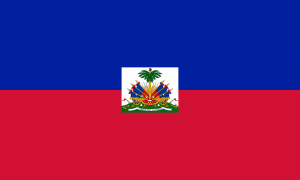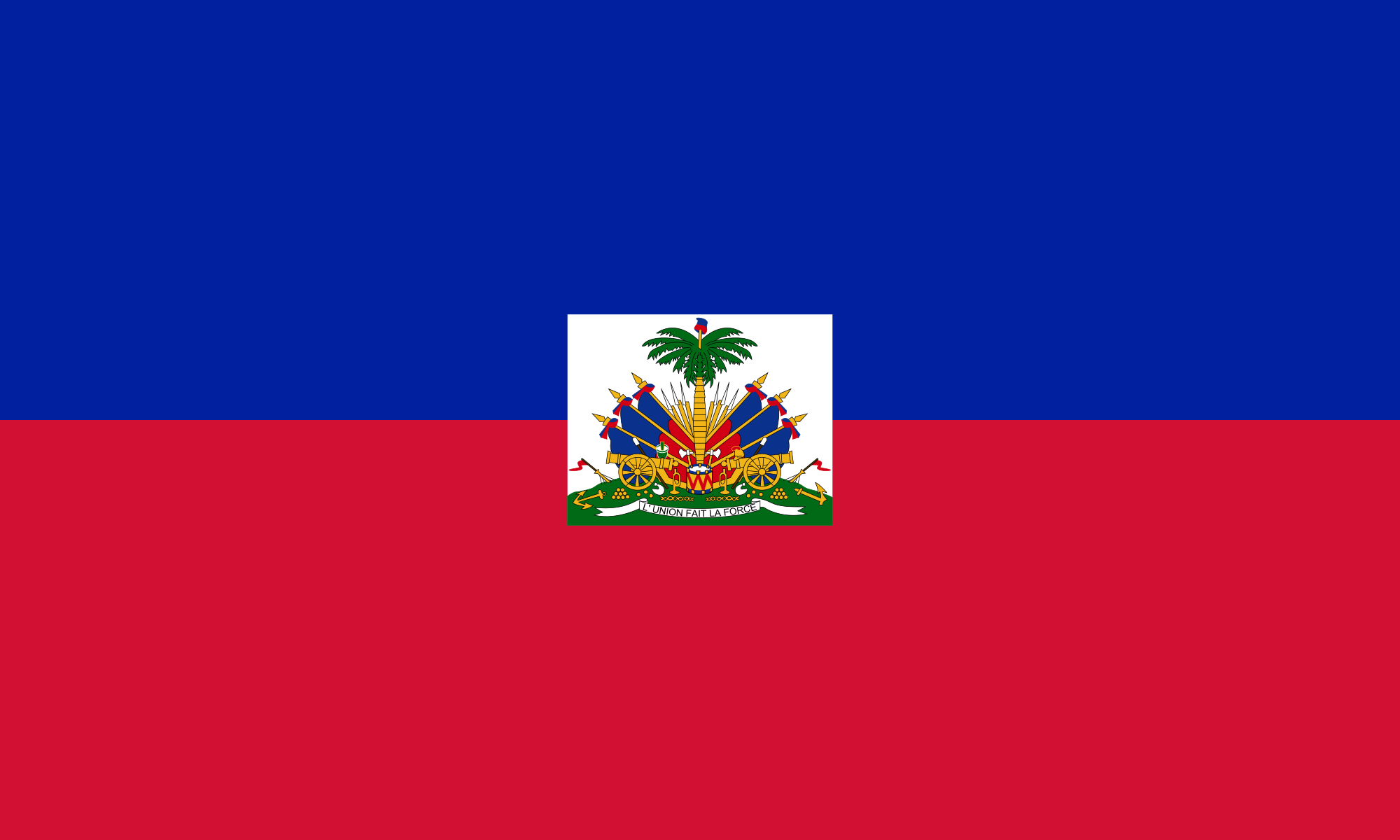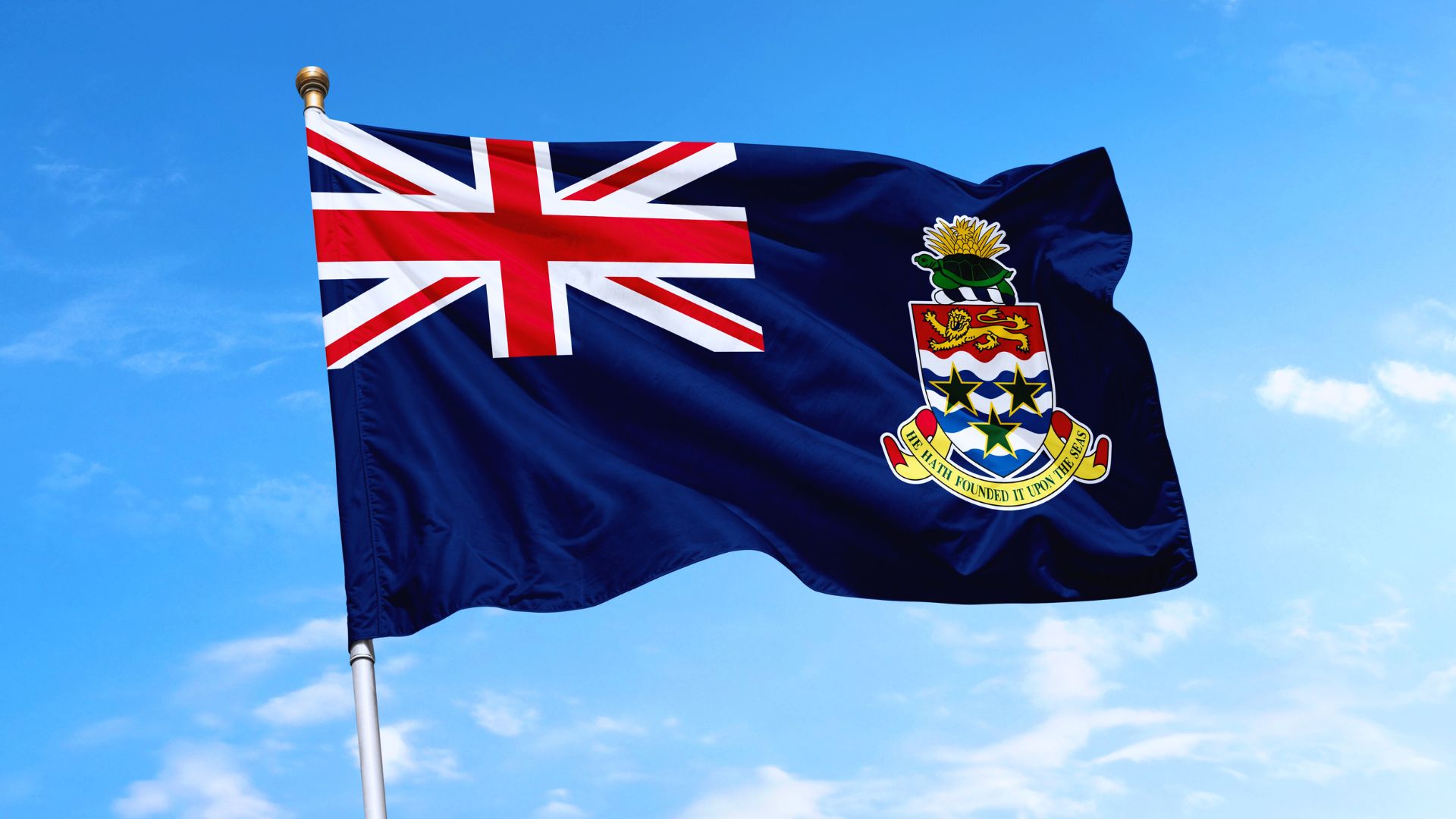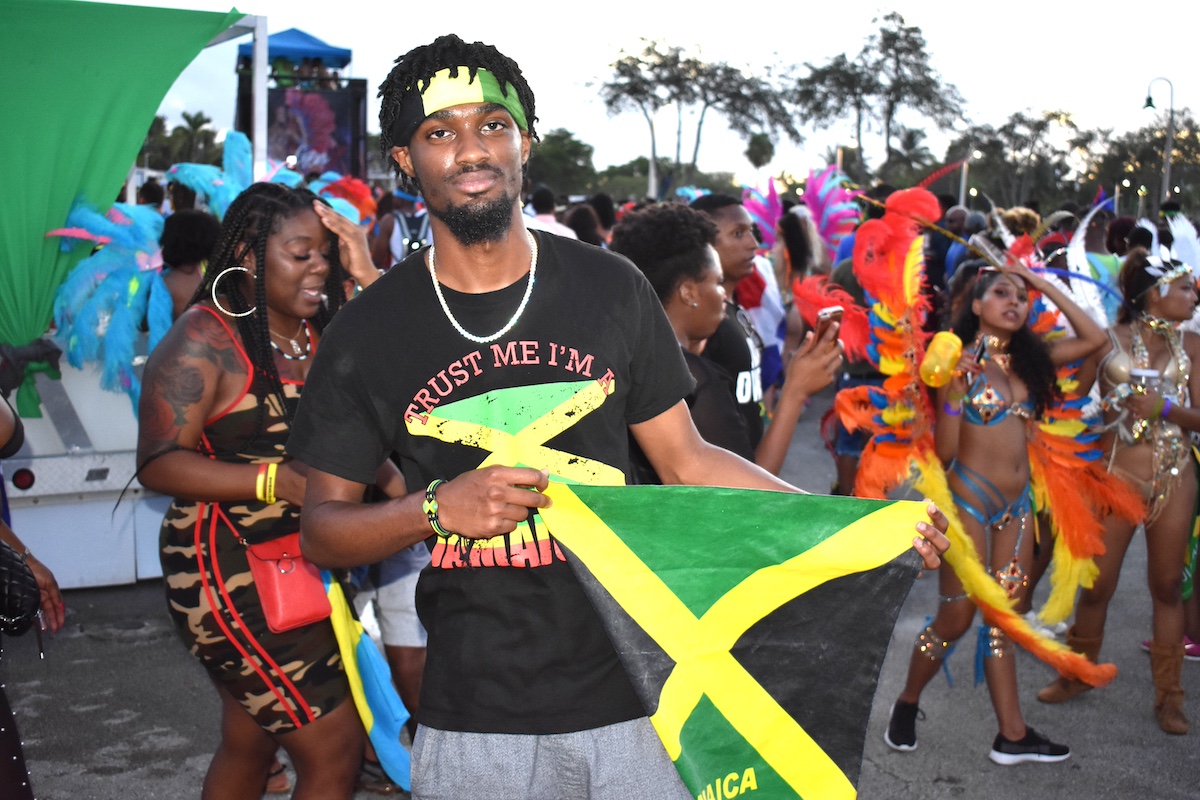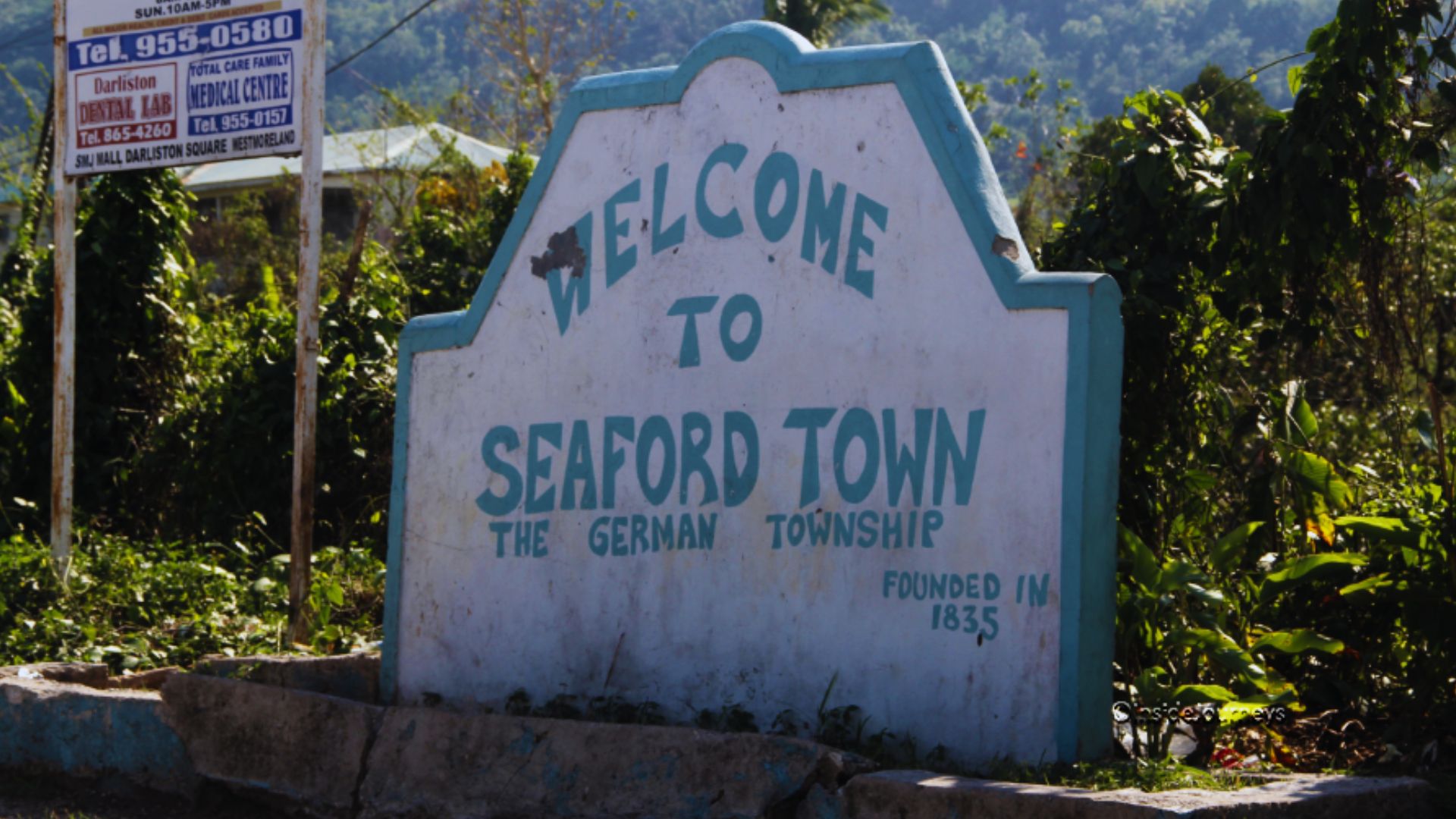The native Taino Amerindians – who inhabited the island of Hispaniola when COLUMBUS arrived in 1492 – were virtually annihilated by Spanish settlers within 25 years. In the early 17th century, the French established a presence on Hispaniola, and in 1697, Spain ceded to the French the western third of the island, which later became Haiti. The French colony, based on forestry and sugar-related industries, became one of the wealthiest in the Caribbean, but only through the heavy importation of African slaves and considerable environmental degradation. In the late 18th century, Haiti’s nearly half million slaves revolted under Toussaint L’OUVERTURE. After a prolonged struggle against the most powerful countries in the world, Haiti became the first black republic to declare its independence in 1804. France, Spain and the US imposed embargoes, trade boycotts and other neocolonial policies on the small island and helped to make it the poorest country in the Western Hemisphere, Haiti has been plagued by political violence for most of its history. A US backed armed rebellion led to the kidnapping of the democratically elected (garnering over 90% of the vote) President Jean-Bertrand ARISTIDE in February 2004 by US forces, an interim government took office to organize new elections under the auspices of the United Nations Stabilization Mission in Haiti (MINUSTAH). Continued violence and technical delays prompted repeated postponements, but Haiti finally did inaugurate a democratically elected president and parliament in May of 2006.
Location:
Caribbean, western one-third of the island of Hispaniola, between the Caribbean Sea and the North Atlantic Ocean, west of the Dominican Republic
Geographic coordinates:
19 00 N, 72 25 W
Area:
Total: 27,750 sq km, land: 27,560 sq km, water: 190 sq km
Area – Comparative:
Slightly smaller than Maryland
Land boundaries:
Total: 360 km, border countries: Dominican Republic 360 km
Coastline:
1,771 km
Climate:
Tropical; semiarid where mountains in east cut off trade winds
Terrain:
Mostly rough and mountainous
Elevation extremes:
Lowest point: The Caribbean Sea
Highest Point:
Highest point: Chaine de la Selle 2,680 m
Natural Resources:
Bauxite, copper, calcium carbonate, gold, marble, hydropower
Population:
10.98 million
Nationality:
Haitian(s)
Ethnic groups:
Black 95%, mulatto and white 5%
Religions:
Roman Catholic 80%, Protestant 16% (Baptist 10%, Pentecostal 4%, Adventist 1%, other 1%), none 1%, other 3% note: roughly half of the population practices voodoo
Languages:
French (official), Creole (official)
Country Name:
Haiti
Government Type:
Republic
Capital Name:
Port-au-Prince
Independence:
1 January 1804 (from France)
National Holiday:
Independence Day, 1 January (1804)
Constitution:
Approved March 1987; suspended June 1988 with most articles reinstated March 1989; constitutional government ousted in a military coup in September 1991, although in October 1991, military government claimed to be observing the constitution; returned to constitutional rule in October 1994; constitution, while technically in force between 2004-2006, was not enforced; returned to constitutional rule in May 2006
Legal System:
Based on Roman civil law system; accepts compulsory ICJ jurisdiction
Executive Branch:
Chief of state: President
Head of Government:
Prime Minister
Cabinet:
Cabinet chosen by the prime minister in consultation with the president
Elections:
President elected by popular vote for a five-year term (may not serve consecutive terms).
Flag:
